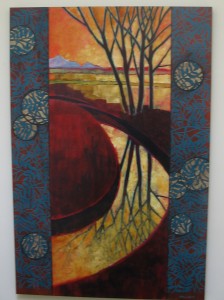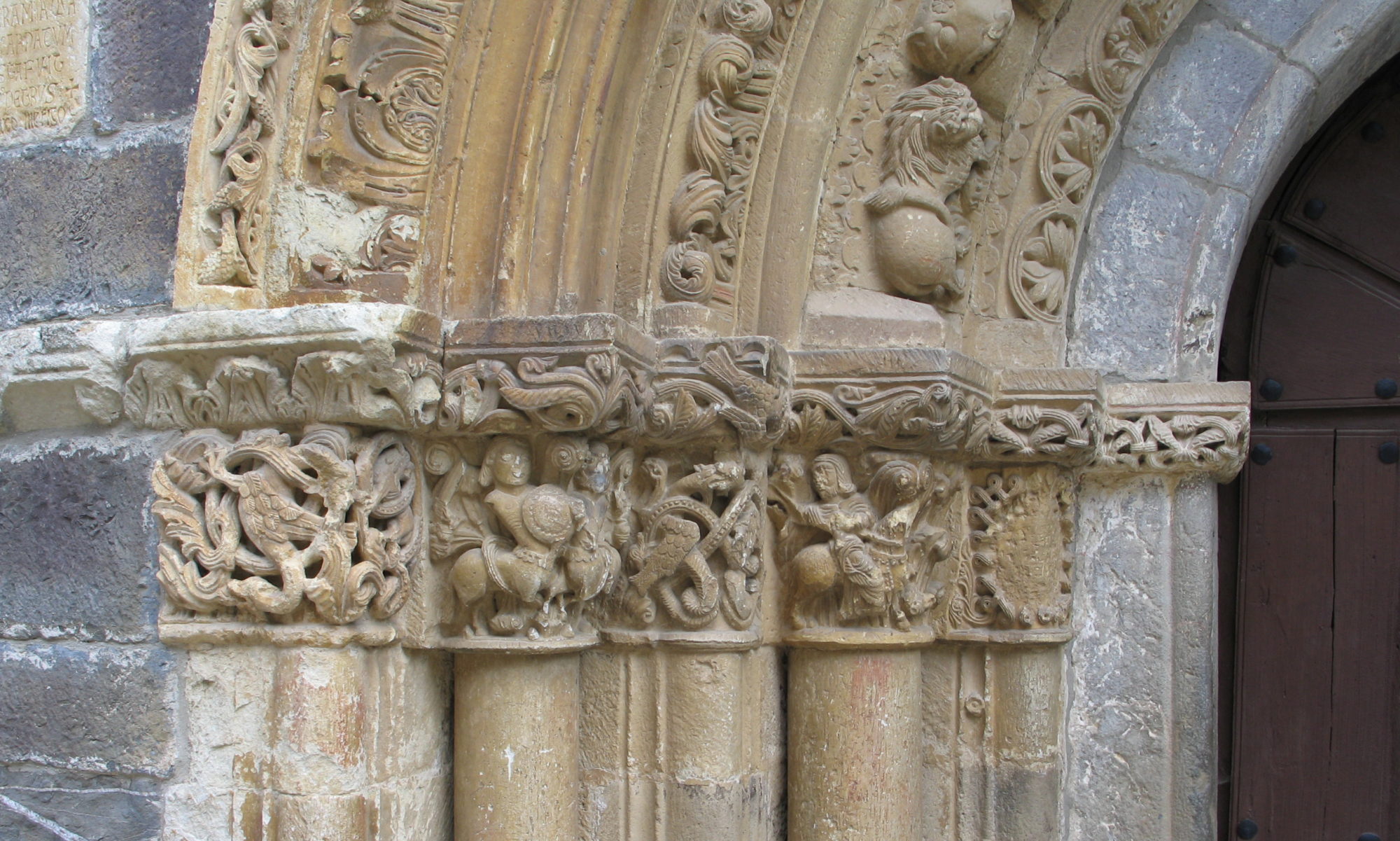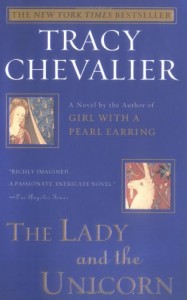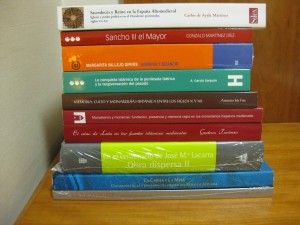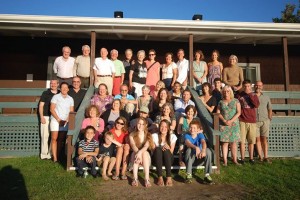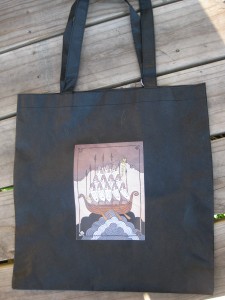As I wrote last October, my first novel, Pilgrimage, is going to be published by Cuidono Press, a new small press based in Brooklyn (I think those of you who enjoy the Middle Ages might be interested in its first released book, A Place of Light, on the origins of the Abbey of Fontevraud.) I am delighted to let you all know that my novel will be released this June.
And I think it is finally time for me to let you know what it is about. People who write talk about “conference pitches,” “elevator pitches,” etc. This is my current “dust-jacket pitch”:
For the rest of twelfth-century Europe, Spain was a far-off and exotic place, rich in silks, ivory, and gold, full of Muslims and Jews, and raging with battles between rival kings and kingdoms. It was also home to the mystical Christian holy site of Compostela at the western edge of the known world, shrine of Saint James. The saint’s tomb drew a perpetual wave of pilgrims, coming for adventure, seeking a miracle from the saint, or performing penance to expiate an old sin.
PILGRIMAGE is the story of one of those pilgrims. Gebirga of Flanders, the blind, dispossessed daughter of martyred Saint Godleva. She flees her callous family with a pack of pilgrims that includes a count’s daughter, bound for marriage, and a mysterious messenger with an unknown agenda, all bound for Compostela. The journey takes Gebirga from her home on the edge of the North Sea across the kingdoms of France and into the Iberian Peninsula, where she is caught up the swirling winds of political change, from restless, power-hungry kings and queens, to the Roman Pope. Beneath all the birthing of nations, churches, and ideas, PILGRIMAGE is a story of a young woman struggling with her station in life and trying to find her place in the world.
And speaking of dust-jackets, we are still working on the cover, but in the meantime, I want to point you in two directions. The first is to look up at the image in the header of this blog, shot by me in Spain at a place where one of the major scenes in the novel takes place. I discussed this place in my very first blog post, The Image in my Header. Next, look down. This is a painting I bought at the Hyde Park Art Fair several years ago because it reminded me of Gebirga’s journey from Flanders to Spain. I like to think those are the Pyrenees in the distance.
